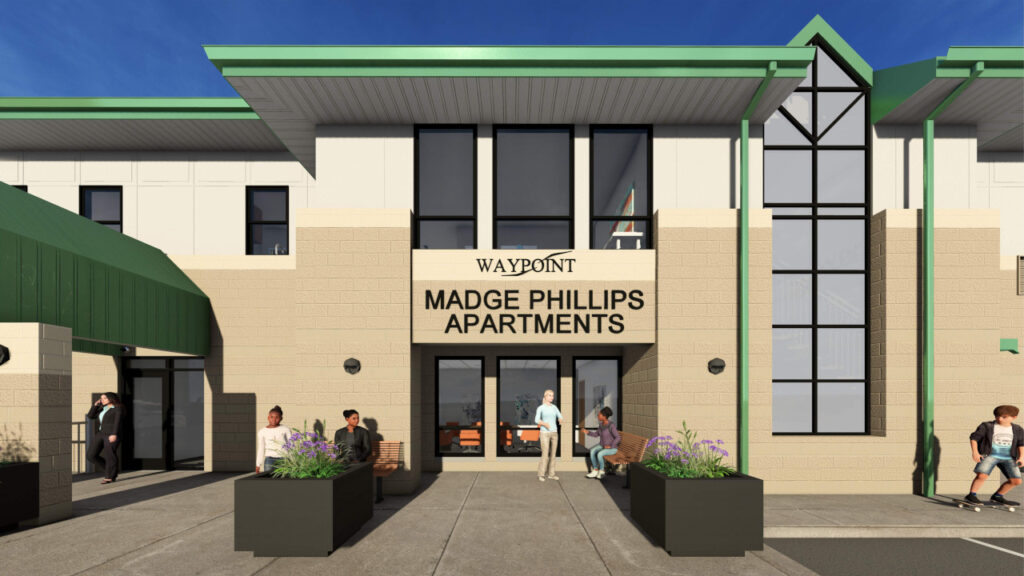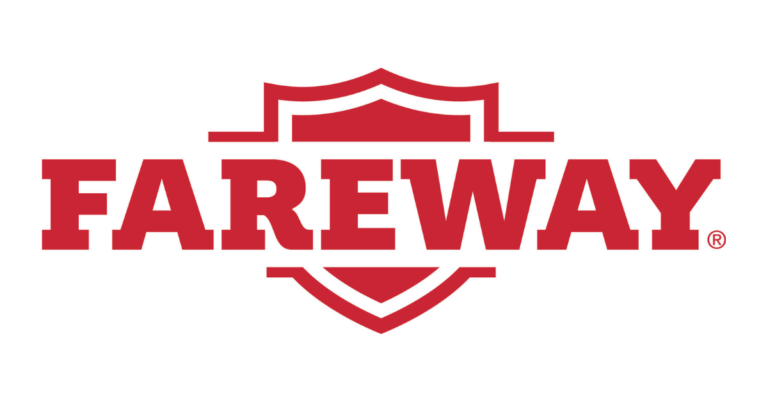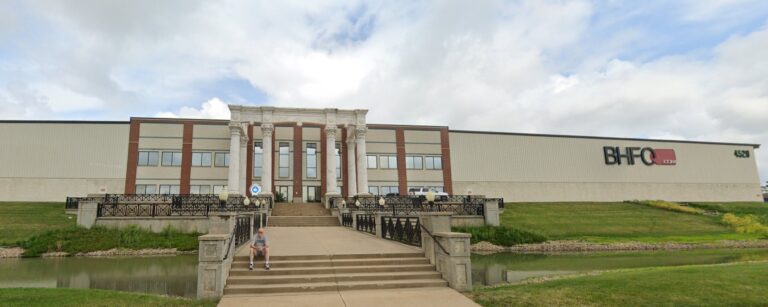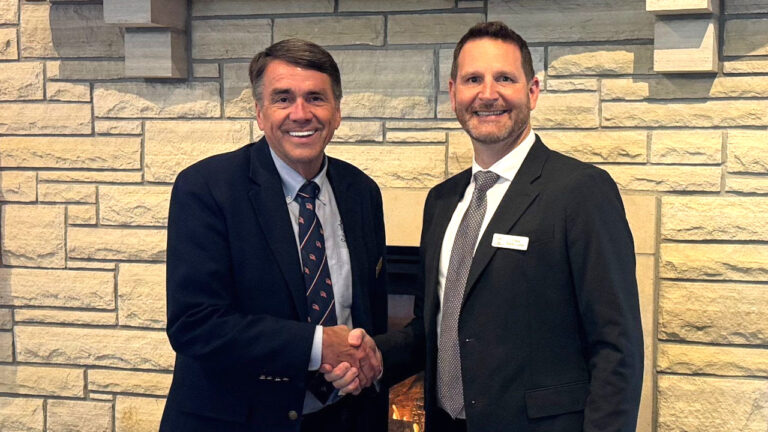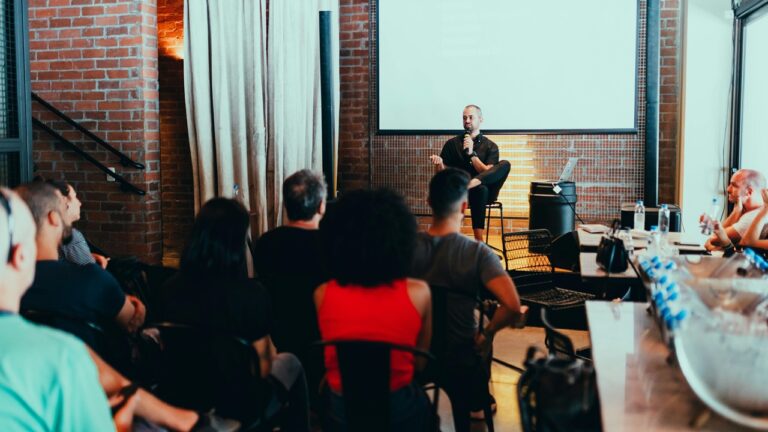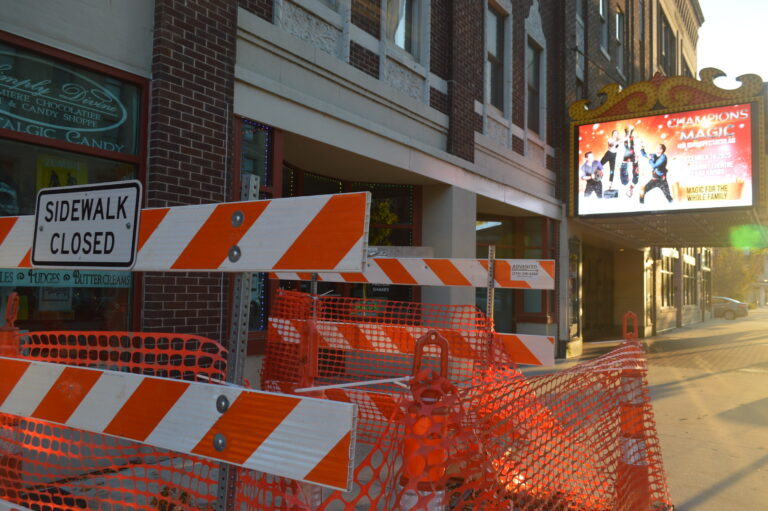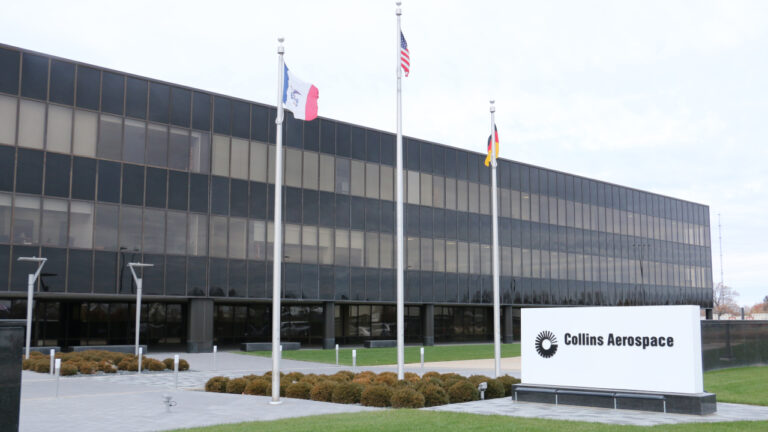As Waypoint Services works to transition the 30-year-old Madge Phillips Center from a shelter to longer-term apartments, Waypoint executive director Jaye Kennedy says she hopes other local builders and investors can step forward to aid in the effort to provide housing for area residents experiencing homelessness.
As part of the new effort – dubbed “Creating Hope: A New Vision for the Madge Phillips Center” – Ms. Kennedy says the current Madge Phillips Center, which opened in 1995 as a shelter for women and children without homes, is being converted into entry-level housing units – two two-bedroom apartments, five one-bedroom apartments and five studio apartments.
“These are apartments for individuals and families that are literally homeless,” Ms. Kennedy said. “They are not staying anywhere else. They are on the street and have no other place to stay.”
Project details
The new facility will be named the Madge Phillips Apartments after Ms. Phillips, a human services activist and longtime Waypoint supporter who served 18 years as director of the Linn County Health Center.
The apartments will have a capacity for up to 33 people, depending on the composition of the residents – the studios, for example, will be single-occupancy, while the larger units could accommodate multiple people or families.
Construction of the new units began this month, with completion expected by August 2026.
The project also includes the creation of a dedicated call center for Waypoint’s coordinated entry program, along with four offices for housing specialists to meet privately with clients.
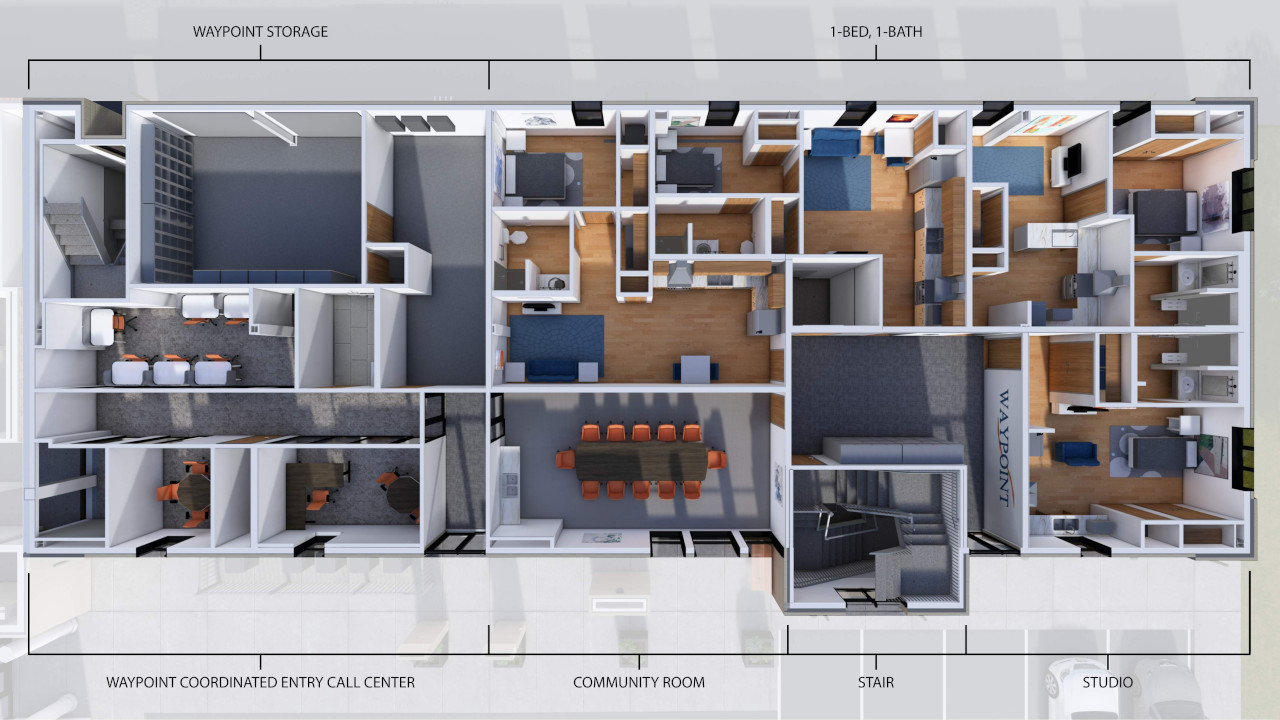
An ongoing priority
The project represents the latest stage of Waypoint’s ongoing effort to address homelessness in Linn County.
Ms. Kennedy said Waypoint works in several ways with housing-challenged individuals. Through the organization’s coordinated entry program, Waypoint provides a screen program that works with 20 different community agencies in the community to determine the best way to meet individuals’ needs.
“We’re kind of the clearinghouse for individuals that are in that situation, anyone in the community, and then we’re able to refer them through this network,” she said. “Maybe we’re the best fit to help them. It may be another agency. It just depends on what their situation is. Every situation is different, so we just want to get them help as quickly as possible.
In addition, Waypoint offers “Rapid Rehousing,” a diversion program for individuals that may be approaching homelessness whose incomes are 50% below the area median income.
“They’re concerned,” she said, “but we help them think of creative ways to find a place to stay that maybe they haven’t thought of. Maybe it’s staying with a friend or relative until they can get their feet underneath them. Maybe it’s looking at paying their rent twice a month rather than once a month, working with the landlord. There are many different things we can do to keep them from being literally homeless.”
That program has seen an 80% success rate in recent years, Ms. Kennedy said. “You’re going to have some drop,” she said, “because it’s not going to work for everyone. Substance abuse or mental disabilities or mental mental health challenges are so deep-rooted, it can take quite a while to work through those. But overall, the success rate is really high.”
A new approach
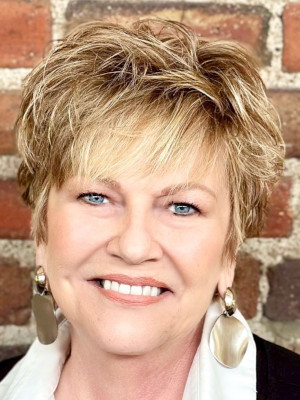
Now, the Madge Phillips Center, which was developed in conjunction with the Junior League, is being replaced with the new apartments. Over its 30-year history, the center served an average of 294 people per year.
“At that time, that was the best way to address homelessness,” Ms. Kennedy said. “If you do the math, that’s a lot of people. We’re so happy to have been able to have done that. But you know, our business evolves, and the nation really has found out the best way.”
And for people who’ve often experienced trauma, providing a shelter isn’t the best solution to homelessness, Ms. Kennedy said.
“It’s a (bandage),” she said. “And living in a shelter is tough. It’s communal living with several different people, sharing a living room and sharing a kitchen, when you’re already under stress.”
But a recent strategic study revealed the number of clients served by the shelter has fallen by 50% – in large measure, she said, because the coordinated entry and diversion programs have become more successful, with single women and families with children finding other housing options.
Demand remains high
Still, overall, Ms. Waypoint’s housing services call center now serves 13,000 people per year, Ms. Kennedy said – up sharply from 3,000 people per year in 2019.
And, she said, several studies by local agencies have confirmed – perhaps not surprisingly – that rather than providing temporary shelters, “the best way to solve homelessness is by providing homes.”
“Housing solves homelessness,” she said. “It’s as easy as that, and sometimes it’s right in front of your nose.”
An existing prioritization list, maintained by Waypoint and other community agencies, will be consulted to determine who will occupy the units, Ms. Kennedy said. That list currently includes 59 people, she noted, so the apartments alone will not be able to fully meet the need, but it will help “a good portion of them,” Ms. Kennedy said.
The occupants will sign a one-year lease, she noted, and Waypoint will work with other agencies to find the best way for those people to make their monthly payments – grants, housing vouchers, Social Security funds or other sources.
Addressing root causes
In addition, Waypoint programs will help people address the underlying issues that have led them to become homeless.
“Homelessness is a symptom of other things that are going on in someone’s life,” Ms. Kennedy said. “We will address those other things that are going on. If it’s substance abuse, let’s say, someone like ASAC (the Area Substance Abuse Council) will come in and work with the family or individual on those challenges. If it’s mental health issues, then maybe it’s Foundation 2.
“The crux of all this,” she said, “is that before we can address those underlying issues, a person has to have stability. You’re so stressed if you don’t have a place to live, so you can’t even think about the other things that are happening in your life that are causing the situation. So we give them that stability and then work with them through the year to address those underlying issues.”
The program will be the first of its kind in Iowa, Ms. Kennedy said.
“It’s a best practice model,” she said. “It’s happening all across the United States, and it’s very successful.”
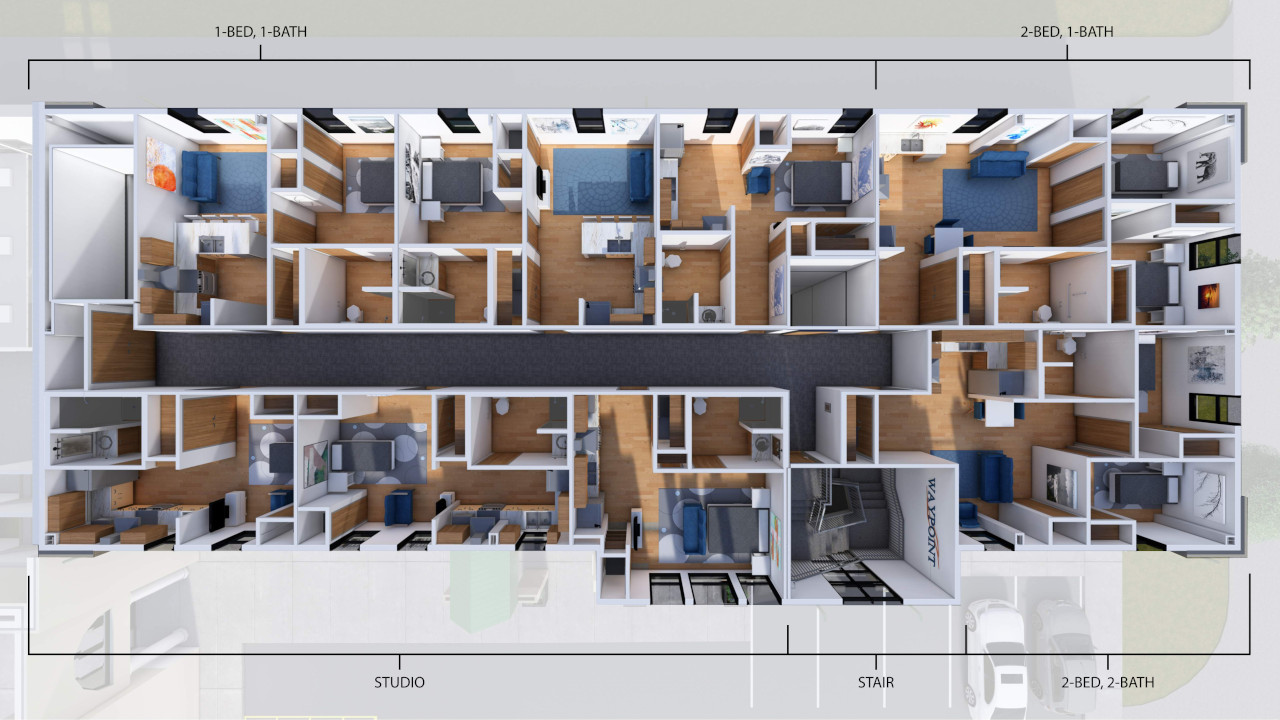
Financial details coming together
Fundraising for the $4.9 million project continues, with about half the needed funds in place so far.
The campaign is being supported by gifts from two local foundations. The Hall-Perrine Foundation has provided a $1 million matching grant, offering $1 for every $2 in donations, and the Busse Foundation has pledged another $1.5 million, with $1 donated for every $1 donated.
“Honestly, in this industry, we never see that,” she said. “We are so thrilled to have their financial backing and their confidence in what we’re doing.”
The campaign will also include the development of a sustainability fund, Ms. Kennedy said, “so that for any kind of repairs we have to make, we won’t find ourselves digging a hole. We’ll have those funds. So it’ll be a really healthy program.”
To donate to the effort, go to www.waypointservices.org/donate/creatinghope
Hoping to set a precedent
And while Ms. Kennedy is retiring from her role at the end of December, she said she plans to continue on a part-time basis to lead the “Creating Hope” campaign to completion – and to set an example for others to follow in combating homelessness and housing insecurity.
“Quite frankly, we’re hoping that this inspires other builders, other investors, to do this kind of thing in Cedar Rapids,” she said. “It’s a positive. It works. It’s been proven over and over again. So we will be really excited to have that first year and be able to tell the success stories we have. We know that they’ll be there.”


